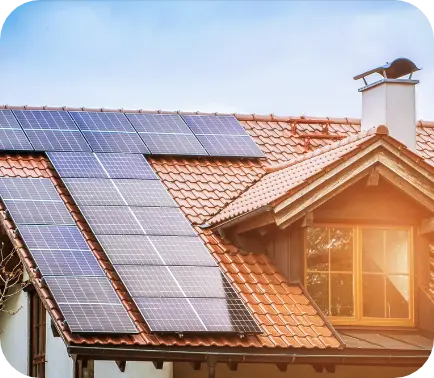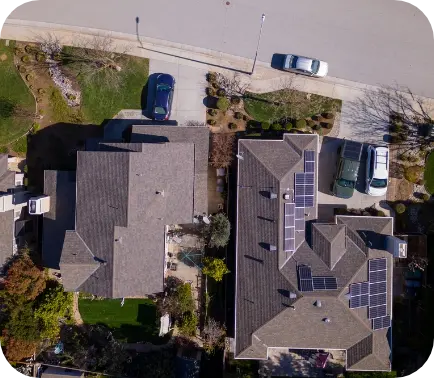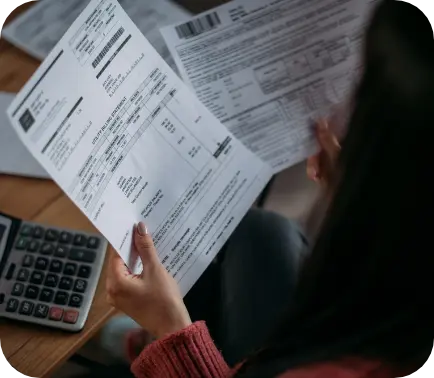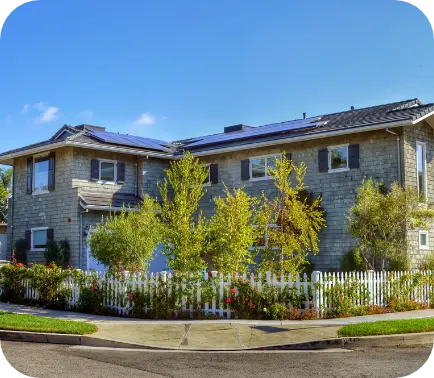NEM 3.0 in California
The California NEM 3.0 update went into effect on April 15, 2023, and it introduces changes to how homeowners with solar panels interact with the utility grid. The program has a few changes and incentives compared to NEM 2.0, and you may need to adjust how you participate in NEM.
Learn how this updated program has changed and what it means for you.

What Is NEM 3.0 California?
The Net Energy Metering (NEM) program is a billing setup where homeowners with solar panels can earn credit toward their utility bill for any excess electricity they don’t use and send back to the grid. Then, when a homeowner needs to use power from the grid, their earned credits help offset the cost.

How Does California NEM 3.0 Work?
NEM 3.0 is an update to a previous system, NEM 2.0, that changes how people get paid for selling their extra solar power. You would get fewer credits back when sending excess energy during off-peak hours and more credits during peak hours. This was done to encourage homeowners to use power when there is no stress on the grid.
NEM 3.0 vs. NEM 2.0
Under NEM 2.0, for every one kilowatt hour (kWh) you sent to the grid, you typically got one kWh back in credit, also known as the “retail” price. With NEM 3.0, California homeowners no longer have the 1:1 structure, and your credit back would be closer to a “wholesale” price.


Reduced Net Metering Credits
The California NEM 3.0 program reduces the number of energy credits you get back in exchange for your solar-generated energy. Where the NEM 2.0 program was designed to offset 90% of your home electricity costs, NEM 3.0 only covers about 55%. This is because the utility providers have to pay to store the excess energy you send back to the grid, so the return credits are reduced to help offset their storage costs.
Does NEM 3.0 Affect Your Utility Bill?
With the credit exchange rate reduced, you may find that your monthly utility bill increases. However, the cost is still significantly lower than if you didn’t have solar panels installed. This change can also decrease the lifetime savings and extend the payback period, but you still save thousands with solar.

Is NEM Retroactive?
No, NEM 3.0 in California is not retroactive. Utility customers who were on NEM 1.0 or NEM 2.0 are grandfathered into their existing contract to stay on the previous programs for 20 years.

Who Does NEM 3.0 Affect?
The California NEM 3.0 program is only for homeowners who have solar panels. Residents who install a backup solar battery will save more through NEM 3.0 than those who don’t.
What Limitations Does NEM 3.0 Impose?
There are system size limits through NEM 3.0 in California. Under NEM 2.0, homeowners could have a system capable of generating 100% of their energy needs. With NEM 3.0, systems can be sized up to 150% based on the homeowner’s energy usage over the previous 12 months.

Enhance NEM 3.0 Savings
While the NEM 3.0 California update has decreased the number of credits homeowners get back and can reduce what you’ll save, you can increase potential savings in a few ways.
Add a Solar Battery
While adding a solar battery to your existing home system incurs additional costs, the price is worth it under the California NEM 3.0 program. Since solar batteries store unused energy for when you need it, you can draw on that power when you need it, saving you money instead of having to pull it from the grid.
Use Off-Peak Hours
Since electricity rates are lower during non-peak hours — 9 am to 2 pm — you can spend less on the grid power you may use during this time. To make the most of off-peak hours, conduct your high-drain activities, like running appliances or charging electric vehicles, during this time instead of peak hours.
Use Off-Peak Hours
Since electricity rates are lower during non-peak hours — 9 am to 2 pm — you can spend less on the grid power you may use during this time. To make the most of off-peak hours, conduct your high-drain activities, like running appliances or charging electric vehicles, during this time instead of peak hours.
Ready to Electrify Your Life?
If you’re ready to make the most of the NEM 3.0 program in California by installing a solar battery to your existing home solar system, Axia by Qcells is here to help. We are committed to creating a cleaner, brighter future while making solar more accessible for all. Contact our team today to get started on your system enhancement or upgrade.